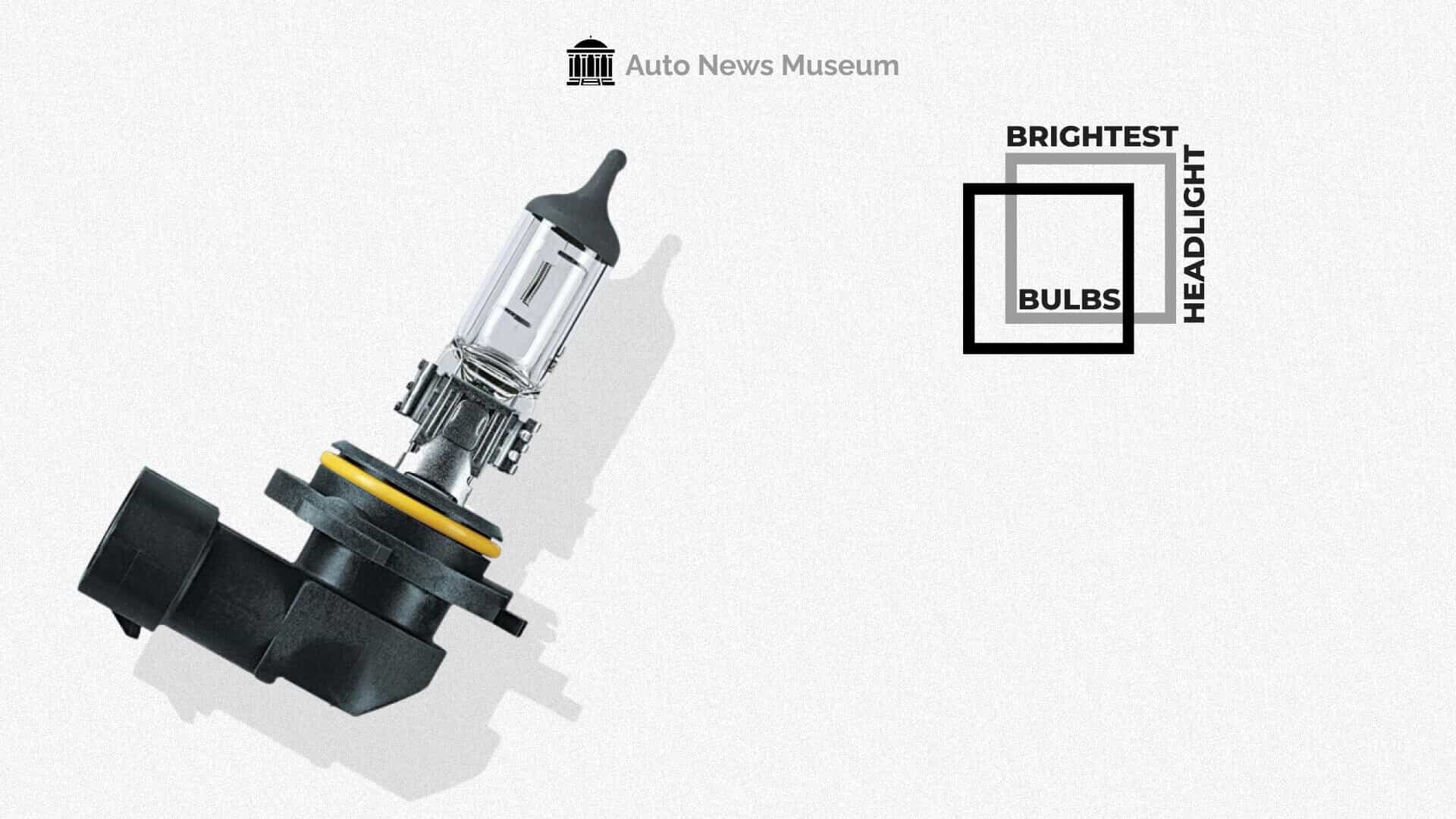As driving conditions and technologies evolve, the need for better visibility on the road has become more critical than ever. Brighter headlight bulbs provide drivers with increased safety by improving visibility during nighttime driving, adverse weather conditions, and in poorly lit areas. This comprehensive guide will explore the brightest headlight bulbs on the market today, and delve into the differences between 9005 and H11 headlight bulbs to help you make the best choice for your vehicle.
Factors to Consider When Choosing the Brightest Headlight Bulbs
- Compatibility: Ensure the bulbs are compatible with your vehicle’s make and model.
- Brightness: Look for bulbs with a high lumen output for the brightest illumination.
- Color temperature: Choose bulbs with a color temperature between 5,000K and 6,500K for the best visibility.
- Lifespan: Select bulbs with a longer lifespan to minimize the need for replacements.
- Legal restrictions: Be aware of local laws and regulations regarding headlight brightness to avoid fines or penalties.
Top Brightest Headlight Bulbs
- Philips X-treme Vision +130%
- Sylvania SilverStar Ultra
- PIAA Platinum LED
- GE NIGHTHAWK LED
- OSRAM Night Breaker Laser
9005 vs H11 Headlight Bulbs: Understanding the Differences
The 9005 and H11 bulbs are two popular options for headlight upgrades. They are similar in appearance but differ in a few key aspects:
- Application: The 9005 bulb is designed for high-beam applications, while the H11 bulb is typically used for low-beam headlights.
- Lumen Output: The 9005 bulbs generally provide a higher lumen output compared to H11 bulbs, making them brighter and better suited for high-beam use.
- Wattage: The 9005 bulb has a higher wattage, resulting in higher energy consumption compared to the H11 bulb.
- Compatibility: While some vehicles may be compatible with both 9005 and H11 bulbs, it is essential to check your vehicle’s manual or consult with a professional to ensure the correct fit.
- Beam Pattern: The 9005 bulb has a more focused beam pattern, while the H11 bulb provides a broader, more diffused beam, making it suitable for low-beam headlights.
The Benefits of Upgrading to LED Headlight Bulbs
Upgrading your vehicle’s headlight bulbs to LEDs comes with several advantages:
- Energy Efficiency: LED bulbs consume less energy than halogen bulbs, resulting in fuel savings and reduced emissions.
- Longer Lifespan: LEDs typically have a significantly longer lifespan than halogen bulbs, often lasting 25,000 hours or more, which reduces the need for frequent replacements.
- Instant Illumination: LED bulbs reach their full brightness instantly, unlike halogen bulbs that require time to warm up. This feature can be especially beneficial in situations where quick reactions are needed.
- Improved Visibility: LED bulbs often provide a more focused and brighter beam, increasing visibility in various driving conditions.
- Reduced Glare: LED bulbs are designed to emit a more controlled beam pattern, which can help reduce glare for oncoming drivers.
The Role of Color Temperature in Headlight Bulbs
Color temperature is measured in Kelvins (K) and refers to the hue of the light emitted by a bulb. For headlight bulbs, the following color temperatures are most common:
- 3,000K – 4,000K: This range produces a warm, yellowish light, similar to halogen bulbs. It is less effective in improving visibility compared to higher color temperatures.
- 5,000K – 6,500K: Bulbs within this range emit a cool white or slightly blue light, which closely resembles natural daylight. This color temperature is ideal for increasing visibility and reducing eye strain.
- Above 6,500K: Bulbs with a color temperature above 6,500K produce a bluish or purplish light, which may seem brighter but can actually reduce visibility and cause glare for oncoming drivers. It is generally not recommended for headlight applications.
Proper Headlight Alignment for Optimal Performance
Even the brightest headlight bulbs won’t provide optimal visibility if they are not correctly aligned. Proper headlight alignment ensures that the beam pattern is directed where it is needed most and prevents glare for oncoming drivers. To ensure your headlights are properly aligned, follow these steps:
- Park your vehicle on a level surface about 25 feet away from a flat wall or garage door.
- Measure the distance from the ground to the center of each headlight lens.
- Turn on the low-beam headlights and mark the wall with a horizontal line at the same height as the center of the headlight lenses.
- Use the vehicle’s manual or consult with a professional to determine the recommended alignment settings.
- Adjust the headlights according to the manufacturer’s specifications to ensure the beam pattern is directed downward and slightly to the right (for left-hand drive vehicles) or downward and slightly to the left (for right-hand drive vehicles).
- Recheck the alignment periodically to maintain optimal performance and visibility.
Conclusion
Choosing the brightest headlight bulbs for your vehicle is crucial for increased visibility and safer driving. By understanding the differences between 9005 and H11 bulbs, and considering factors such as compatibility, brightness, color temperature, lifespan, and legal restrictions, you can make an informed decision that will enhance your driving experience and overall safety on the road.

